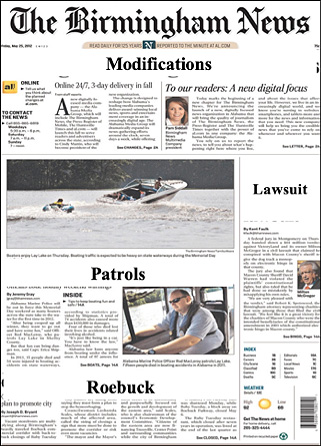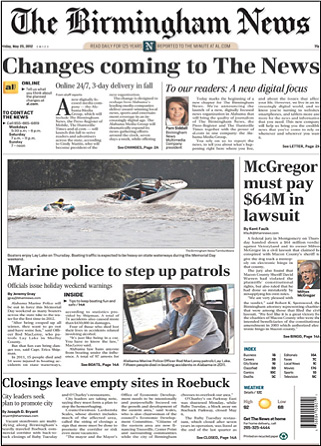Article written by Marianna Pascal
It's easy to write policies and procedures well!
That is the first thing I tell participants in our Policy Writing in Plain English workshop. By the end of the day, they believe me! The key is to help your reader understand information quickly.
If you want to write policies and procedures that work, there are 7 ways you can start right now:
1. Headlines, not Headings
↓

↓

Headlines (not headings!) also help your reader understand the content easily.
Look at these before and after sections from policies. Notice how differently you read the paragraph when you start with a headline.
It's essential to identify measures necessary to combat various types of fraud. We also need to ensure that these measures are in line with standards set by the ABC Board. From 2-28 May, we will evaluate all processes to identify the most appropriate fraud prevention.
It's essential to identify measures necessary to combat various types of fraud. We also need to ensure that these measures are in line with standards set by the ABC Board. From 2-28 May, we will evaluate all processes to identify the most appropriate fraud prevention.
2. Why Before What
When you're describing anything new, begin with its purpose. And state that purpose as plainly as possible.
Here is a policy introducing a new tool called the ABC Checklist. Notice in the after example how easy it is to understand what the checklist does when we know why it exists.
Its main function is to identify the level of control required to ensure confidentiality and determine the appropriate technology required to manage it.
It assesses the impact on operations when there is a breach of confidentiality.
3. Predictable Patterns
When you organise your writing into patterns, you will help your readers see information.
Updated paragraph 3 to replace the previous term ABC with DEF.
Paragraph 6 – Included the reporting of unauthorized disclosure of customer information.
Paragraph 3: Updated to replace the previous term ABC with DEF.
Paragraph 6: Included the reporting of unauthorized disclosure of customer information.
4. Columns Clarify
In a procedure, columns help readers separate the 'doer' of the action, the order of actions, and action itself. Using columns will drastically increase the chance of the procedure being followed properly.
- Manager receives loan checklist with application.
- Hardcopy to be submitted to Operations Services, checklist to be entered into system by Operations Services.
Note: information on all documents must be must be verified by phone with applicant.
| Manager |
|
|
|
| Operations Services |
|
|
5. Bullets For Two
We tend to think of bullet points for lists. But bullets make even two items crystal clear.
- Instructing them to remove the client, and
- Explaining the reason for the removal
6. Kill 'Shall'
Please promise you will never again write 'shall' in your policies. Apart from being outdated, 'shall' has 5 different meanings! 'Shall' can mean you 'must', 'always', 'will' 'have the right to' or 'have permission to'. Using 'shall' makes your message vague.
7. We and You
Too many policies are written without ever talking about people. It is people who read the policies, people who write them, and people who have made the policy decisions. So, use words like 'we' and 'you' where possible.
Financial institutions are expected to perform in-depth product due diligence before an investment recommendation can be made. All banks are expected to acquire and document a thorough understanding of all features and conditions of their products.
Effective 1 July 2019, all recommendations must…
Regulators expect us to perform in-depth product due diligence before we recommend an investment to a client. We are expected to show that we understand thoroughly the unique features and conditions of our products.
Effective 1 July 2019, you must include…
When you follow these simple guidelines in all your policies, you will help your readers find information quickly, read easily and understand exactly what they must do.
Would you like your whole team writing crystal clear policies and procedures?
Check out our one-day training program Policy Writing In Plain English designed and conducted by Marianna Pascal. Email me or rekha@sttstraining.com and tell us what you need.
Let's work together to make all our written documents reader-friendly!
This article was written by Marianna Pascal and reproduced here with her permission.
